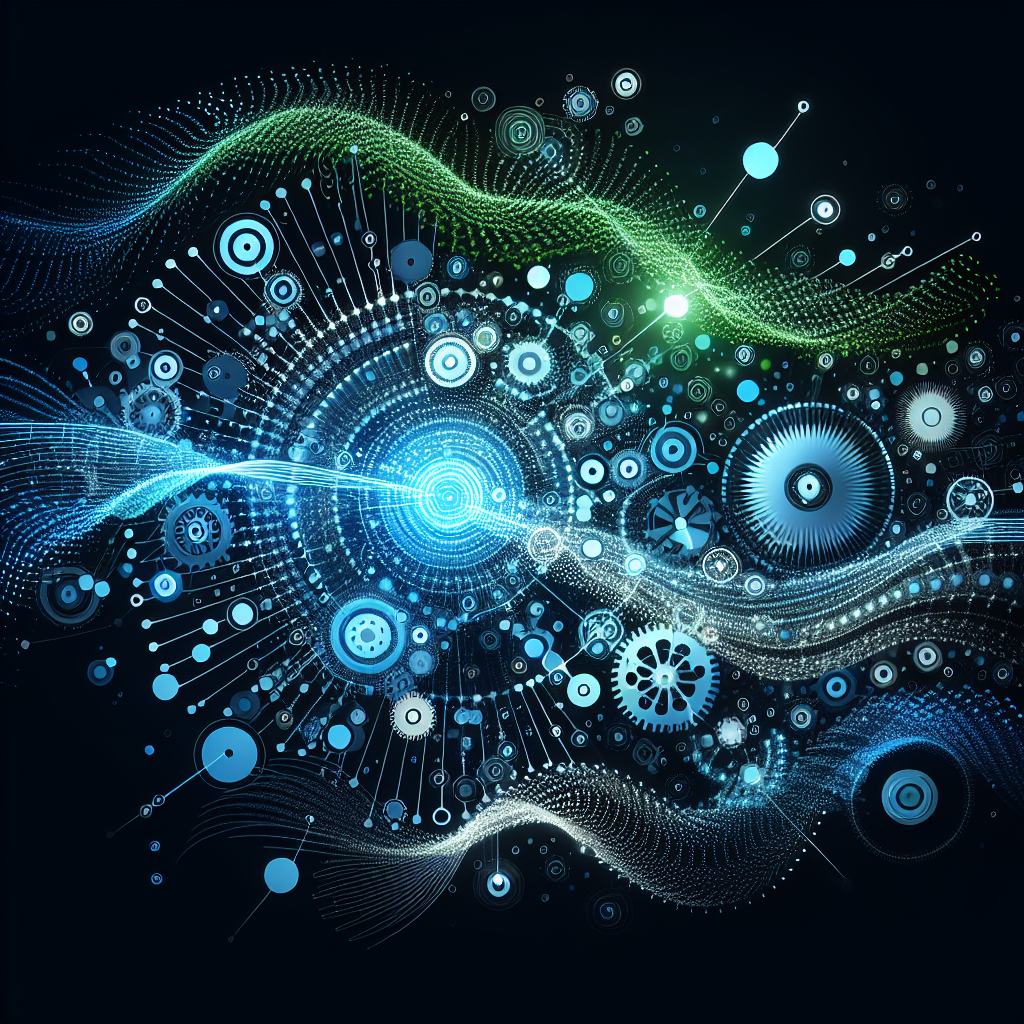Deep neural networks (DNNs) have revolutionized the field of machine learning in recent years, enabling computers to perform tasks that were once thought to be the exclusive domain of human intelligence. These powerful algorithms are capable of learning from vast amounts of data, detecting patterns, and making predictions with incredible accuracy.
At the heart of deep neural networks are artificial neurons, which are inspired by the neurons in the human brain. These neurons are organized into layers, with each layer responsible for processing a different aspect of the data. By connecting these layers together in a network, DNNs are able to learn complex relationships and hierarchies within the data.
One of the key strengths of DNNs is their ability to automatically extract features from raw data. This means that they can learn to recognize patterns and make predictions without the need for explicit programming. For example, in image recognition tasks, a DNN can learn to identify objects in images by analyzing the pixel values and textures present in the image.
Another important feature of DNNs is their scalability. As more data becomes available, DNNs can be trained on larger datasets to improve their performance. This scalability has allowed DNNs to achieve state-of-the-art results in a wide range of applications, including image and speech recognition, natural language processing, and autonomous driving.
Despite their impressive capabilities, DNNs also have some limitations. They require large amounts of data to train effectively, and they can be computationally expensive to train and deploy. Additionally, DNNs are often considered to be “black box” models, meaning that it can be difficult to interpret how they arrive at their decisions.
To address these challenges, researchers are exploring ways to make DNNs more interpretable and efficient. Techniques such as attention mechanisms, which allow the network to focus on specific parts of the input, and transfer learning, which enables the network to leverage knowledge from one task to improve performance on another, are being developed to enhance the capabilities of DNNs.
In conclusion, deep neural networks have unlocked new possibilities in machine learning by enabling computers to learn from vast amounts of data and make accurate predictions. As researchers continue to explore the power of DNNs, we can expect to see even more breakthroughs in artificial intelligence and its applications in the real world.
#Exploring #Power #Deep #Neural #Networks #Machine #Learning,dnn


Leave a Reply